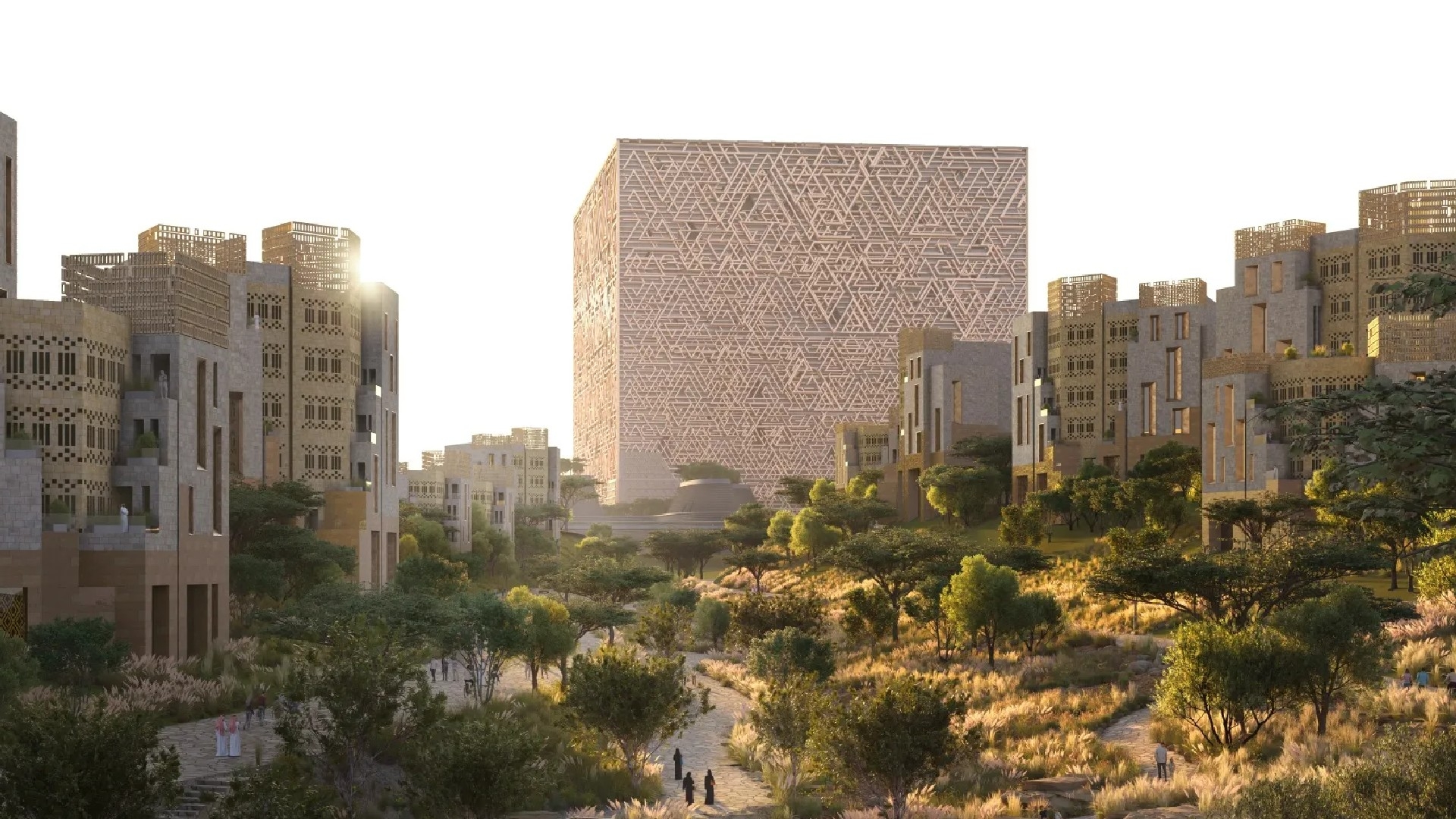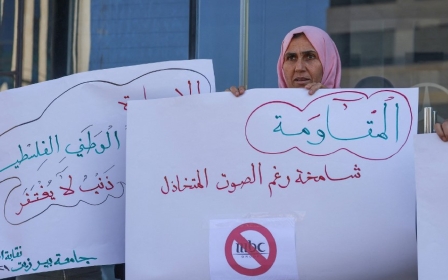Mukaab: Construction of Saudi Arabia's controversial giant cube begins in Riyadh

Saudi Arabia has begun construction on the Mukaab, a cube-shaped attraction in Riyadh that is set to be the world's largest structure, according to a report in Bloomberg.
The building will be the main centrepiece of New Murabba, a major development project in downtown Riyadh launched in February last year.
The cube structure is projected to be 400 metres on each side, which would make it large enough to fit 20 Empire State Buildings within it.
"It’s masquerading as a building today but it’s so much more," Michael Dyke, chief executive officer of New Murabba, told Bloomberg in a recent interview. "Ultimately, a capital city the size of Riyadh deserves to have a global, central icon as other capital cities do."
Dyke said that 10 million cubic metres had been excavated out of the ground to prepare for construction of the Mukaab.
New MEE newsletter: Jerusalem Dispatch
Sign up to get the latest insights and analysis on Israel-Palestine, alongside Turkey Unpacked and other MEE newsletters
The cube attraction will include "the world’s first fully enclosed skyscraper", as well as a dome that displays holographic images with hotel rooms that transport guests to different regions of the world, according to the report.
“When you’re inside you cannot see the dome,” Dyke said. “You could go to bed in the Serengeti and you can wake up in New York City. You can smell it, feel it and touch it.”
The structure will be made up of overlapping triangular forms, in an architectural style inspired by the Najd region of Saudi Arabia.
Criticism of project
The first phase of New Murabba is set to be completed by 2030, according to Dyke, who said it would include 8,000 homes for 35,000 people. At its ultimate completion, the project aims to house 400,000 people.
The shape of the Mukaab has been criticised for its likeness to the Kaaba in the holy city of Mecca.
Muslims around the world pray towards the building in the centre of the Grand Mosque in Mecca, and circumambulate it during Hajj and Umrah pilgrimages.
"Aside from anything else, the fact that it is a golden cube seems to me to be a deliberate affront to the Ka'ba in Mecca, and a clear symbol of idolatry," wrote researcher Laleh Khalili on X last week.
'A golden cube seems to me to be a deliberate affront to the Ka'ba in Mecca, and a clear symbol of idolatry'
Laleh Khalili, researcher
Saud Salman AlDossary, a student and social media user, replied that the Mukaab's structure was not related to the Kaaba.
"Riyadh’s new downtown project, with the Mukaab at its heart, draws direct inspiration from Riyadh’s old downtown. The Mukaab is a contemporary reimagining of the Murabaa palace - translated to ‘square palace’," he said on X.
While the Murabba Palace in Riyadh, completed in 1938, is named "Square Palace", it is not a cube structure with identical dimensions.
The Mukaab is one of several ambitious projects Saudi Arabia is aiming to pull off in the coming years, including a straight line city, an eight-sided city that floats on water, a ski resort with a folded vertical village, and a Red Sea luxury island resort called Sindalah.
The kingdom also recently announced its plans for the 2034 World Cup, which includes a stadium on a cliff edge and another 350 metres above ground level inside the 170km straight-line city in Neom known as The Line.
A documentary released on Sunday, Kingdom Uncovered: Inside Saudi Arabia, found that labourers working on The Line were being forced to work gruelling hours far beyond legal limits.
According to an undercover reporter, workers were regularly working longer than the 60 hours maximum, including overtime, prescribed each week under Saudi law.
Many labourers were also forced to take an unpaid, three-hour bus commute to get to the desert site and back on top of their long shift, which left them with around four hours to sleep.
Middle East Eye delivers independent and unrivalled coverage and analysis of the Middle East, North Africa and beyond. To learn more about republishing this content and the associated fees, please fill out this form. More about MEE can be found here.




